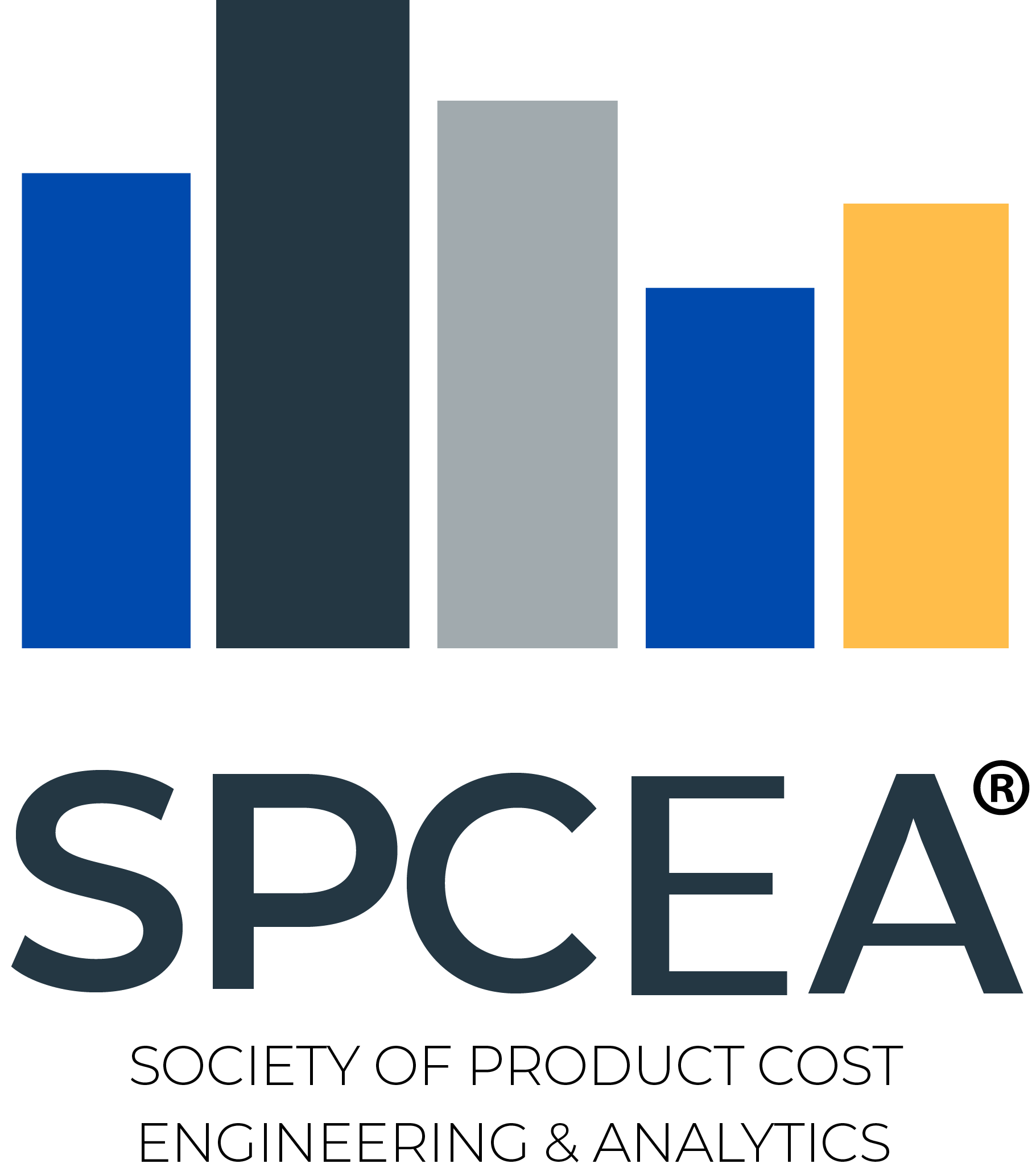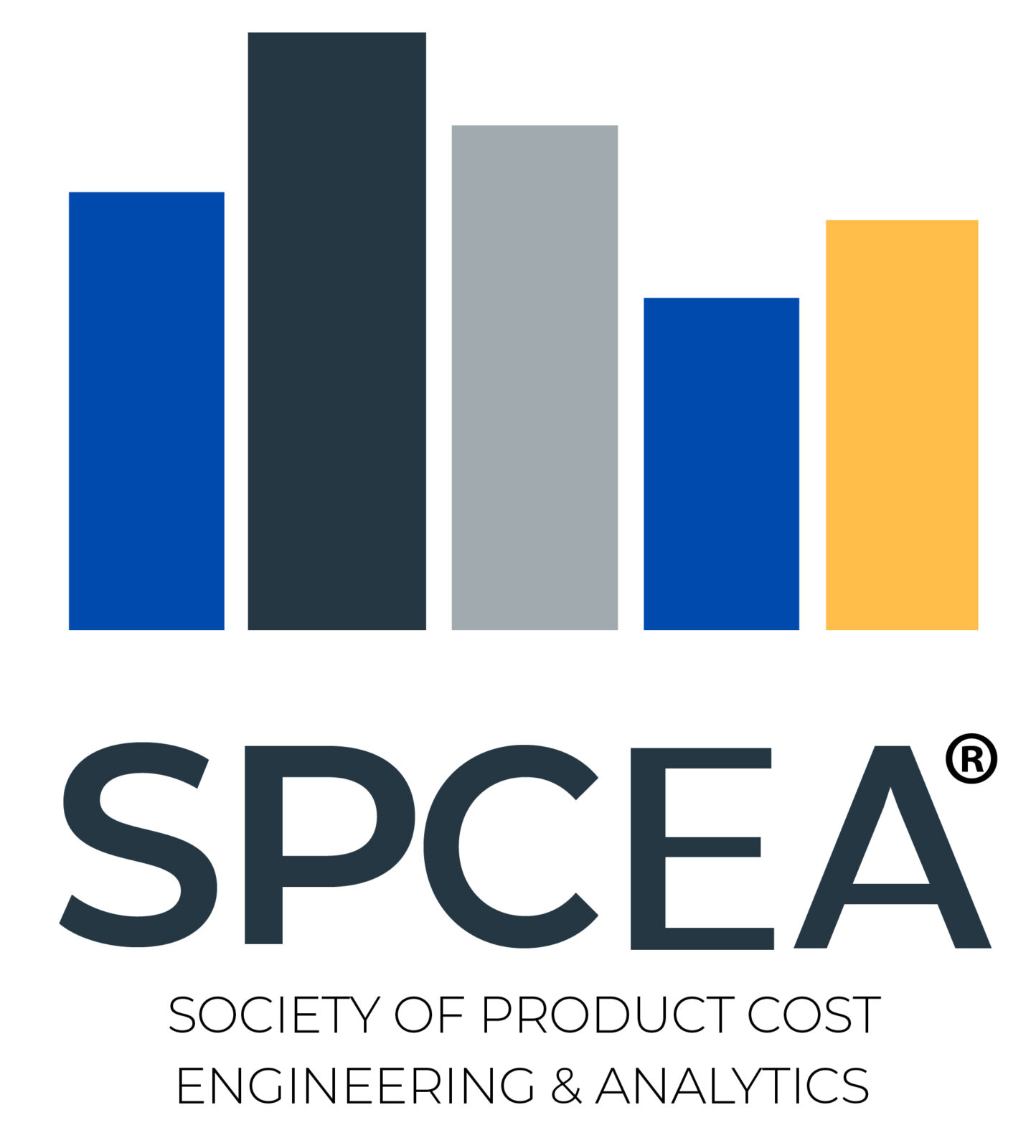“You don’t know what you don’t know.”
Knowledge is power, but how would you know whether more or new knowledge is needed? What if you were convinced that the knowledge you had was, in fact, the best and only knowledge you needed? Would you refuse to seek new knowledge and resist its merits? Based on human history, the answer is probably yes. As much as human civilization has advanced in the last several thousand years, change has always been resisted with fervor. From the advent of cars over horse buggies to the recent advent of AI, most people have always preferred to stay within their comfort zone of well-established social and technological structure. Costing has not been any different.
Various countries have different histories of how their costing practices came about. Germany and other countries of the EU seem to be focused on extreme detail of cost allocation to manufacturing plants and departments; the USA and other countries in the Americas tend to concentrate on accounting methods for reporting purposes, and Asian countries focus more on cash generation while using whatever costing methods they learned from their western counterparts. Very rarely do any of those well-established costing traditions focus specifically on product cost accuracy. What’s worse, they all believe that their methodologies are accurate and sufficient to operate their business. They don’t tend to blame those methodologies even after their business fails. Usually, they find something else to blame, mostly some external factors out of their control. It’s a hallmark of blissful ignorance. They don’t know what they don’t know.
While there are books dedicated to more accurate costing methodologies, such as Activity Based Costing, it’s unlikely that anyone will read them unless they’re convinced that they’re doing something wrong. So, instead of teaching these accurate techniques here, let’s look at some easy self-diagnostic clues to determine whether your costing is done correctly. If any of these sound familiar, then you’re probably making wrong decisions based on inaccurate cost data, and a business disaster is looming, or you’re already in the middle of it.
Allocating processing or overhead costs based on labor cost or machine hours (or standard hours)
Unless your products and manufacturing processes are highly uniform, assuming the same processing cost for every dollar spent on labor or the same cost for every production hour is simply incorrect. For example, if there are two machines, one small and one large, and each one of them is operated by one person, the processing cost of each machine will be vastly different, even though the labor cost will be the same. The larger machine will occupy a larger space, thus costing more for space rental, will use more electricity, cost more to maintain, etc. Similarly, by using the same cost per hour regardless of the machine used distorts the fact that each machine will have different machine and labor hourly cost. The end result will be underestimation for some products and overestimation for others. Eventually, the company will only win projects that it underestimated and lose projects that it overestimated. Thus, it will acquire and produce only unprofitable projects that will eventually drive it to business failure.
Quoting business based on last year’s cost structure
Unless your business maintains a steady and optimal level of profitable business, assuming last year’s cost structure to quote a business that will launch sometime in the future is simply inaccurate. A common mistake companies make is assuming underutilized capacity when calculating their product cost. For example, let’s assume that a year ago, for whatever reason, the company lost 20% of its business running on a particular machine. The following year, the company recalculated its machine rate by dividing virtually the same cost to run that machine by 20% fewer annual production hours, thus resulting in an almost 20% higher machine rate. The company quotes business using this higher machine rate but can’t win any new business. It even loses the extension of its existing business, which drops its volume on that machine by another 30%. The company again recalculates its machine rate by using 50% of possible production hours, thus increasing the machine rate even further. Suddenly, the company finds itself in a death spiral, quoting higher and higher prices, further reducing its chances of winning new business.
Applying the same SG&A and Profit percentage to all products
Applying average SG&A and Profit percentages to every product can also be very inaccurate. Just like any other technique that averages costs across a complexity of products, it underestimates some products and overestimates others. For example, let’s assume that the company’s SG&A cost in the prior year was 10% of Sales. So, the company decides to apply the same 10% SG&A cost to every customer quote going forward. The first opportunity to be quoted is a large-volume product with an existing customer, and the second opportunity is a small-volume product for a new EV startup. After calculating the BOM and processing costs, the company applies the same 10% SG&A cost to both programs. After quoting both, the company wins the low-volume program but loses the high-volume program. Why? The answer is that a 10% SG&A cost incorrectly implies an increase of 10 million dollars in SG&A cost annually. The company’s current annual SG&A cost is already 10 million dollars, which means that the company’s quote assumes that its SG&A will double with the addition of this new program. Unfortunately, in reality, the company’s SG&A cost probably would have increased by only 2 million dollars to account for more sales and finance support. The company should perhaps have quoted only 2% SG&A for this high-volume product. On the other hand, the low-volume product was awarded because the 10% SG&A was underquoted. For a small volume product, the 10% SG&A meant only 100 thousand dollars in additional SG&A cost, but the actual minimal SG&A cost for any new product is 500 thousand dollars (sales support, accounting, finance, engineering, etc.). Thus, the low-volume product was won and then launched at a much higher cost than anticipated because a 10% flat rate wasn’t enough to cover the absolute cost required.
Assuming new factories in your low-cost country, expansion will launch smoothly and at a low cost
A special case worth bringing to light is that of the company’s international expansion. As companies chase lower costs in growth countries (i.e., Mexico, China, Vietnam, Thailand, Eastern Europe, etc.), they tend to sell their stakeholders on smooth and low-cost transitions. However, building plants, buying and setting up equipment, establishing steady sources of electricity, hiring and keeping people, maintaining production and quality standards, and building local supply chains, among other things, can be extremely difficult and costly in these growth countries. Although, in the long run, these new low-cost country factories might be profitable, it’s essential to capture all the realistic costs that such a venture might require so that better decisions can be made about whether to proceed and when to expect such profits to occur.
To learn more about proper cost and profitability management, research many educational materials available through the Society of Product Cost Engineering and Analytics (SPCEA) and the Profitability Analytics Center of Excellence (PACE). The expertise in cost and profit management can also be certified by SPCEA (CPCE certification is available online and on-demand through its website at spcea.org), giving employers the certainty needed in their cost and profit calculations.
Written by Chris Domanski, author of “Cost Engineering” and “The Cost.”
Copyright © 2024 – Society of Product Cost Engineering & Analytics. All rights reserved.

